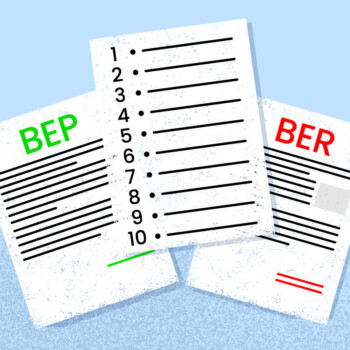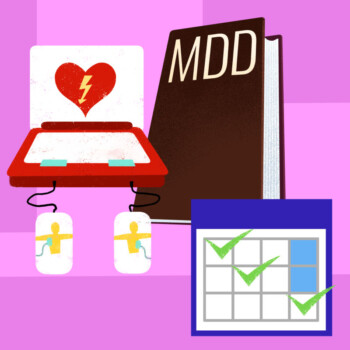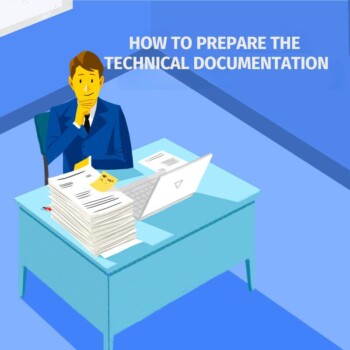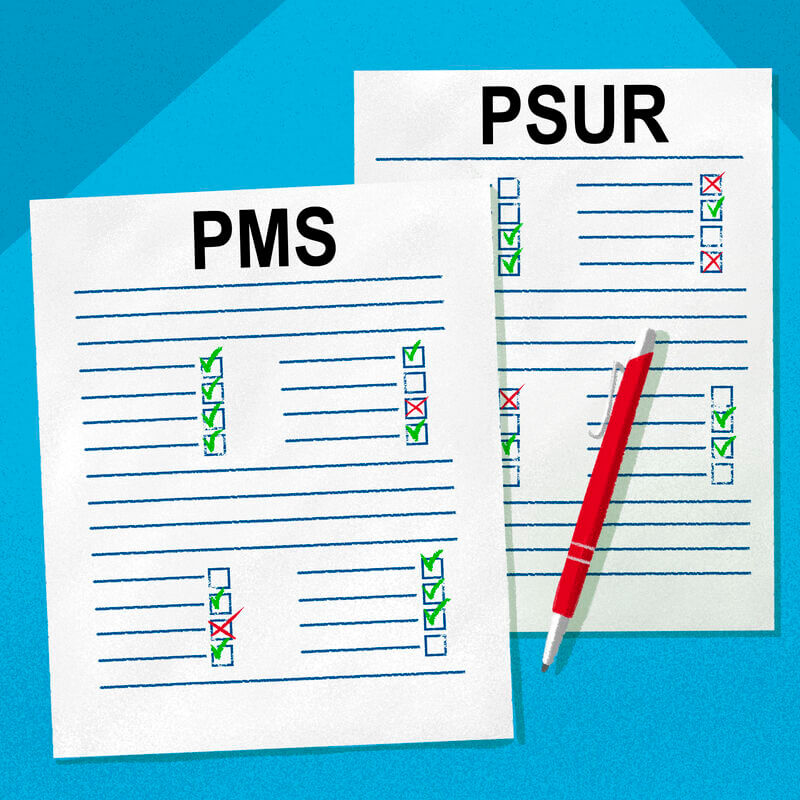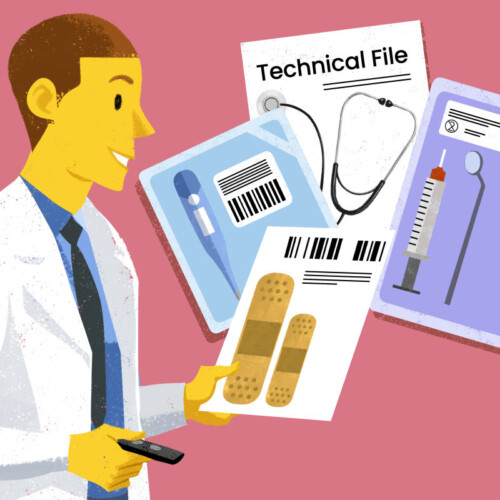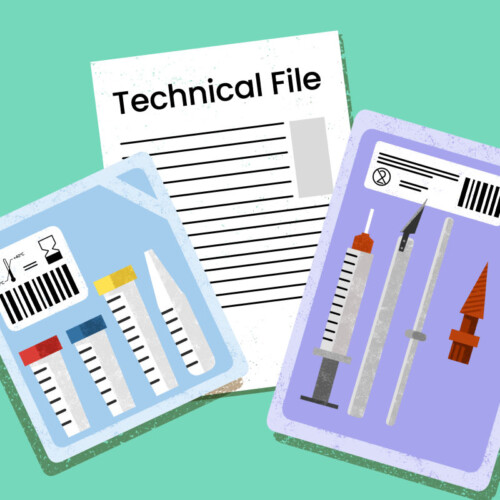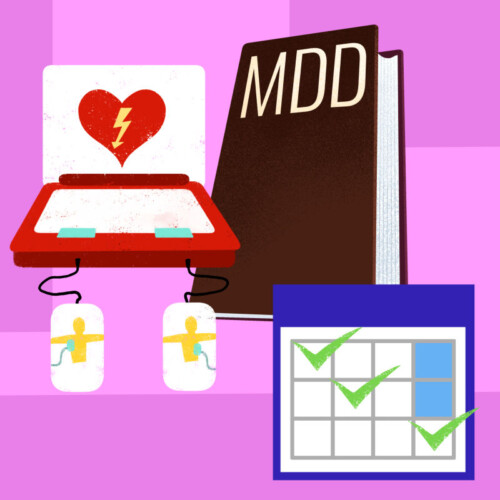The introduction of reporting requirements for post-market surveillance (PMS) by the MDR necessitates a more coherent, standardized, and systematic review of all PMS data by manufacturers of medical devices across all risk classes. This, in turn, inevitably requires more careful planning of data collection and analysis.
In the previous article, we focused on the prerequisites that the PMS plan must have to comply with the MDR. In this article, we will summarize what the MDR and guidelines stipulate regarding “PMS Reports.”
Depending on the risk class of the device, Regulation (EU) 2017/745 includes two types of reports:
- For Class I devices, manufacturers must prepare a “Post-Market Surveillance Report” (art. 85), referred to hereafter by its English acronym “PMSR.”
- For Class IIa, IIb, and III devices, manufacturers must prepare a “Periodic Safety Update Report” (art. 86), also known as “PSUR.”
Both reports must contain:
- A summary of the results and conclusions of the analyses of data collected during post-market surveillance based on the plan.
- The rationale and description of any preventive and corrective actions taken.
Additionally, the PSUR must provide:
- The conclusions of the risk and benefit assessment.
- The main results of the PMCF, where applicable.
- The sales volume of the device and an estimate of the size and other characteristics of the population using the device, and, if possible, the frequency of use of the device.
As stipulated by art. 86 of the MDR, PMSR and PSUR are part of the Technical Documentation for the device. However, these reports should not simply be prepared and “filed” within the Technical Documentation “once and for all.” Instead, they must be updated by the manufacturer as necessary and at least according to the minimum periodicity established by the Regulation—annually for Class III and Class IIb medical devices and biennially for Class IIa medical devices. For Class I devices, there is no minimum update frequency required, but it is good practice to define a minimum review frequency for PMS data and the report.
Updating these reports by the manufacturer remains mandatory for the entire useful life of the device, which is the period specified by the manufacturer in the device documentation during which the device is expected to remain safe and effective for use.
Furthermore, for higher-risk devices (Class III or implantable devices), the Regulation requires that their PSURs be uploaded to the EUDAMED database and made available to the notified body (NB). The NB evaluates the reports and indicates any necessary actions transparently to the competent authorities (CA).
The table below summarizes how, according to the Regulation, PSURs and PMSRs must be made available to the notified body and/or the competent authorities, based on their risk class.
Class III and Implantable MD | Class IIb and IIa NOT Implantable MD | Custom made | Class I (PMSR) |
|---|---|---|---|
PSUR made available to NB and to AC through EUDAMED | PSUR made available to NB during survilliance and to AC upon request | PSUR Made available to NB and AC upon request | Made available upon request to AC |
*However, until EUDAMED is fully operational, PSURs for Class III and implantable devices CANNOT be uploaded to the European database and must be made available to the NBs through other agreed methods.
According to art. 120, the PMS system as conceived by the MDR also applies to legacy devices in place of the respective requirements of the Directive. Therefore, even for legacy devices, a PMS plan and PSUR/PMSR must be prepared with the same requirements and update frequencies stipulated for MDR-compliant devices.
However, let’s clarify a few points:
- Legacy devices are subject to PMS requirements based on their classification under the MDD, and any potential change in their risk class under the MDR should not be considered during the transition period.
- The data collection period starts from the Date of Application (DoA) of the MDR (May 26, 2021). Therefore, if an annual PSUR is required based on the risk class, the first PSUR for the legacy device must be prepared during the calendar year following the MDR DoA (by May 26, 2022). If the minimum update frequency is “every two years,” the first PSUR for the legacy device must be drafted during the second calendar year following the MDR DoA (by May 26, 2023).
- If the PSUR concerns legacy Class III or implantable devices, manufacturers do not need to upload the PSUR to EUDAMED but must make it available upon request to the competent authorities and the notified body.
Some of these aspects, which were not without doubt until recently, were further clarified in December 2022 when the Medical Device Coordination Group (MDCG) published a guideline dedicated to the PSUR, MDCG 2022-21, “Guidance on Periodic Safety Update Report (PSUR) according to Regulation (EU) 2017/745 (MDR).”
The main body of the guideline includes:
- General considerations on the objectives and content of the PSUR, according to the MDR requirements.
- Important clarifications regarding the scope of the PSUR requirement and the duration of this obligation.
- Considerations about the “grouping of multiple devices” into a single PSUR, as permitted by Art. 86 (1), which may cover, where relevant, a “category or group of devices.”
- Guidelines for preparing and issuing PSURs, considering various “regulatory” scenarios.
Even more important are the annexes of the guideline, which include:
- Annex I: A template for the PSUR outlining point by point everything that needs to be included in this report.
- Annex II: Tabular examples for presenting collected data.
- Annex III: Information on the presentation and evaluation of collected data.
- Annex IV: A schematic summary of the PSUR requirements for MDR and legacy devices.
- Annex V: Information on uploading PSURs to EUDAMED.
The MDCG 2022-21 guideline provides valuable suggestions that can also be applied to PMSRs, even though it was not specifically created for them.
The publication of this guideline has undoubtedly benefited manufacturers by clarifying the MDR requirements regarding PSURs. However, it has also introduced a certain degree of complexity in evaluating and presenting collected data. Although its recommendations are not legally binding requirements like those expressed in the Regulation, they currently define a “best practice” that notified bodies expect to find in the documents reviewed.
Therefore, aligning PSURs with the guidelines and templates provided in MDCG 2022-21 seems crucial for these reports to be deemed compliant with the Regulation.

